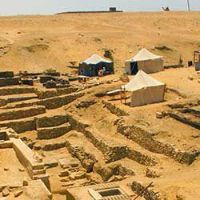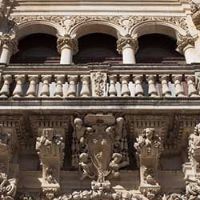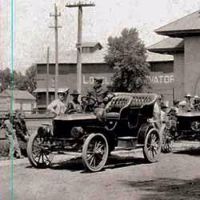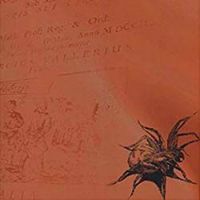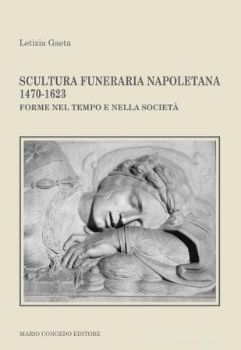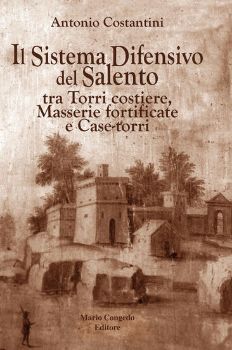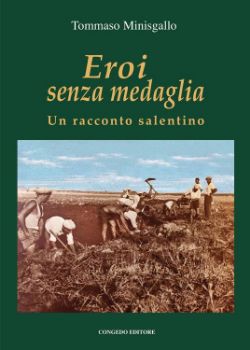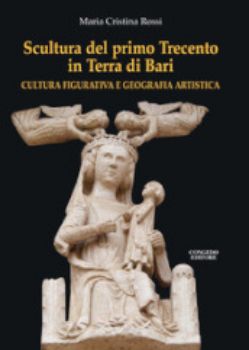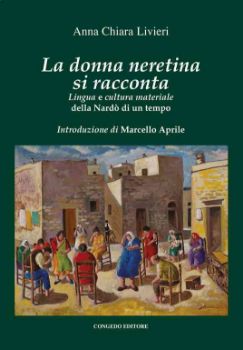AA.VV.
pp.196 brossura 21x30 illustrato b/n testo in Inglese
L`inizio delle ricerche archeologiche ad Otranto è recente; nonostante l`importanza storica di questo centro, prima degli anni 70, si era registrato soltanto il rinvenimento di alcune oreficerie bizantine, nello scavo di tombe, ma non vi era mai stata condotta un`indagine archeologica sistematica. Al contrario, in questi ultimi anni, il sottosuolo otrantino ha restituito una straordinaria messe di nuovi dati sull`archeologia di questo centro che ha giocato, nell`Antichità e nel Medioevo, un ruolo significativo, in particolare nelle relazioni tra Italia e Mediterraneo orientale. L`impianto di sistematiche indagini ad Otranto costituisce uno dei risultati più importanti del programma sull`archeologia del Salento che l`Università di Lecce ha svolto, promuovendo rapporti di collaborazione scientifica con Istituti di ricerca italiani e stranieri, a partire dalla Convenzione con la Scuola Normale Super. di Pisa e con l`Ecole francaise de Rome, e l`Università Libera di Bruxelles......
CONTENTS
List of figures List of plates . Acknowledgements
1. Introduction, by Demetrios Michaelides and David Wilkinson
2. Otranto in medieval history, by Thomas S. Brown
3. Summary and discussion, by David Wilkinson Phases I and II: The Roman Cemetery Phases III (late Roman) Phase IV (9th to late 11th centuries) Phase V (late llth and 12th centuries) Phase VI (13th to early 14th centuries) Phases VII (14th century) Phase VIII (15th century)
4. Stratigraphy, Phases I and II (The Roman cemetery) by Marshall J. Becker, Maria Teresa Giannotta, Grazia Semeraro, Adriana Travagliai and David Wilkinson
5. Stratigraphy, Phases III to VIII by David Wilkinson Phase III Phase IV Phase V Phase VI Phase VII Phase VIII
6. The Human Bones, by Marshall J. Becker
Appendix 1, The human bones from Ossuary 111.2.104
Appendix 2, Human bone from unstratified contexts Concordante of Context Numbers with text sections (Chapters 4 and 5) and with originai number system

